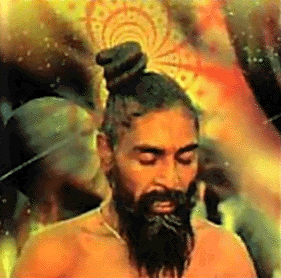In the Islamic world astrology was rejected during the turn of the 2nd millenium C.E. owing to the development of the scientific method and the work of al-Farabi, Alhacen, al-Biruni, Avicenna and Averroes, who made a semantic distinction between astronomy and astrology [44] and helped to render astrology obsolete for Muslims. Muslim views on astrology have generally remained negative.
By the time of Francis Bacon and the scientific revolution, newly emerging scientific disciplines acquired a method of systematic empirical induction based upon experimental observations.[45] At this point, astrology and astronomy began to diverge; astronomy became one of the central sciences, while astrology was increasingly viewed as an occult science or superstition by natural scientists. For example, Christiaan Huygens wrote in his Cosmotheoros: "And as for the Judicial Astrology, that pretends to foretel what is to come, it is such a ridiculous, and oftentimes mischievous Folly, that I do not think it fit to be so much as named."[46] This separation accelerated through the eighteenth and nineteenth centuries.[47]
Contemporary scientists, such as Richard Dawkins and Stephen Hawking, regard astrology as unscientific,[48][49] and those such as Andrew Fraknoi of the Astronomical Society of the Pacific have labeled it a pseudoscience.[50] In 1975, the American Humanist Association characterized those who have faith in astrology as doing so "in spite of the fact that there is no verified scientific basis for their beliefs, and indeed that there is strong evidence to the contrary".[51] Astronomer Carl Sagan was unwilling to sign the statement, not because he felt astrology was valid, but because he found the statement's tone authoritarian.[52][53] Sagan stated that he would instead have been willing to sign a statement describing and refuting the principal tenets of astrological belief, which he believed would have been more persuasive and would have produced less controversy than the circulated statement.[54]
Astrophysicist Neil deGrasse Tyson asserted that "astrology was discredited 600 years ago with the birth of modern science. 'To teach it as though you are contributing to the fundamental knowledge of an informed electorate is astonishing in this, the 21st century'. Education should be about knowing how to think, 'And part of knowing how to think is knowing how the laws of nature shape the world around us. Without that knowledge, without that capacity to think, you can easily become a victim of people who seek to take advantage of you'".[55][56]
Although astrology has not been considered a science for some time, it has been the subject of considerable research by astrologers since the beginning of the twentieth century. In their study of twentieth-century research into natal astrology, Geoffrey Dean, a former astrologer who became critical of the field, and coauthors documented this burgeoning research activity performed primarily within the astrological community





